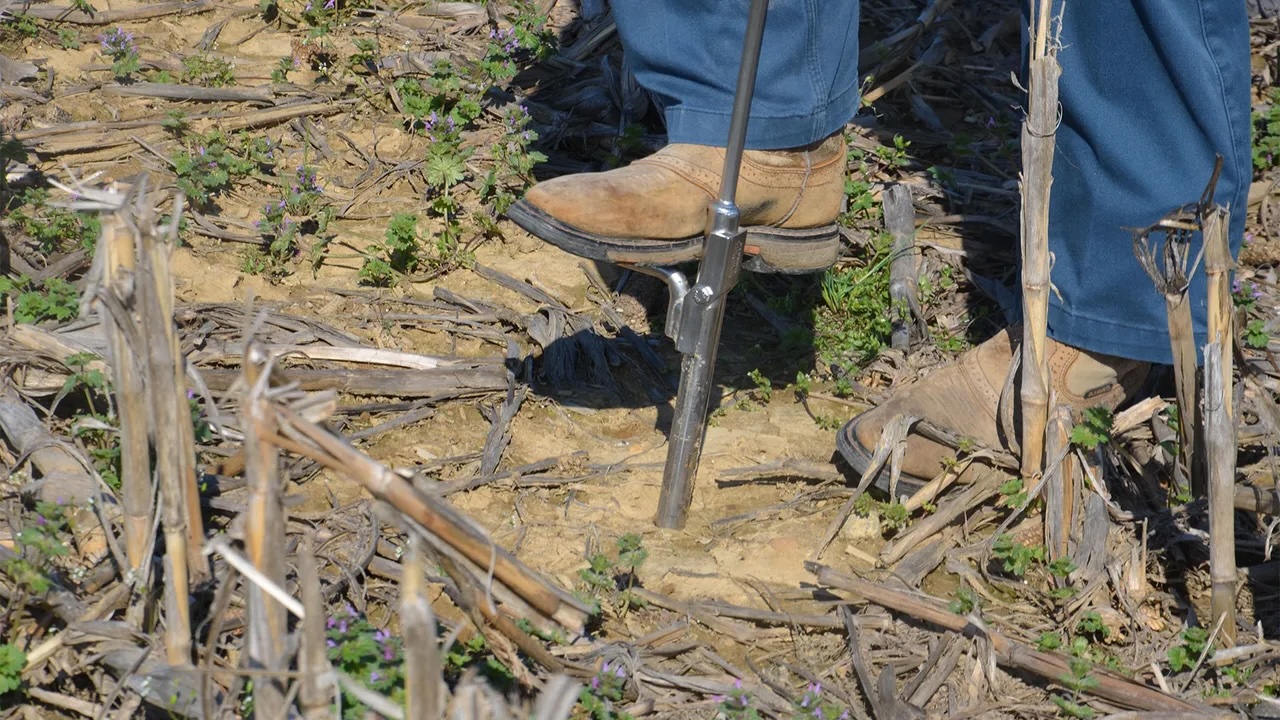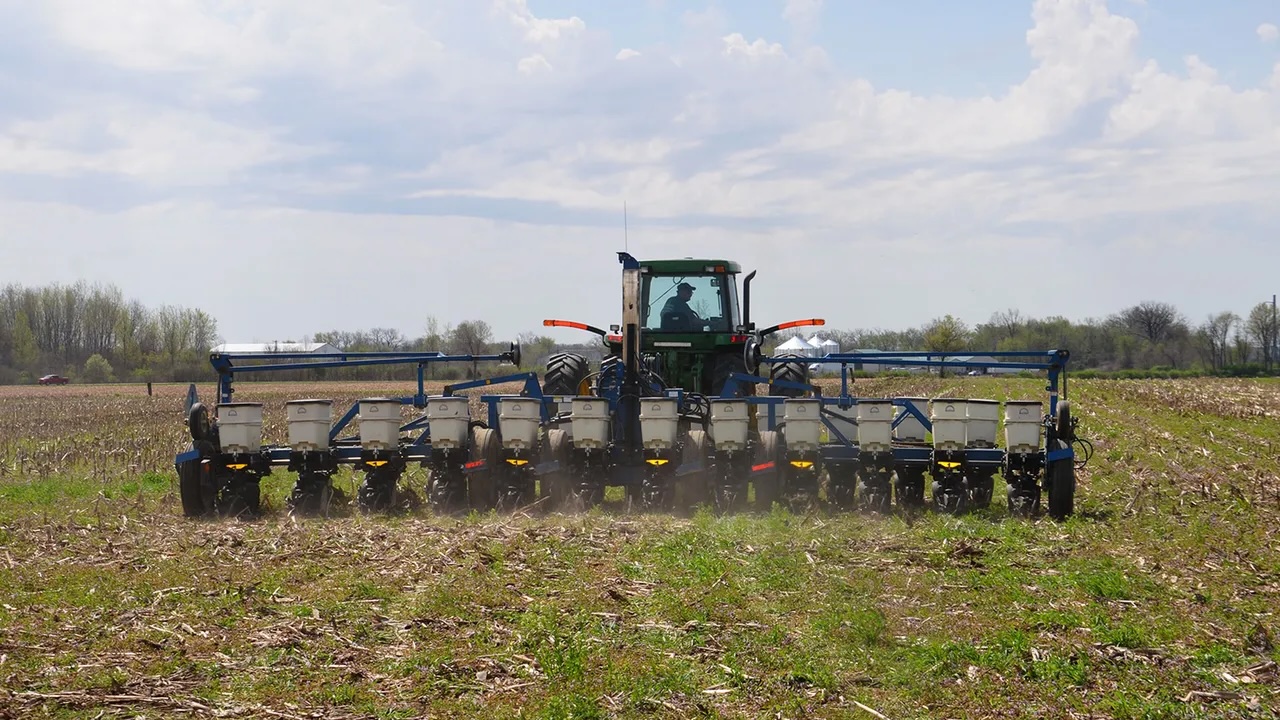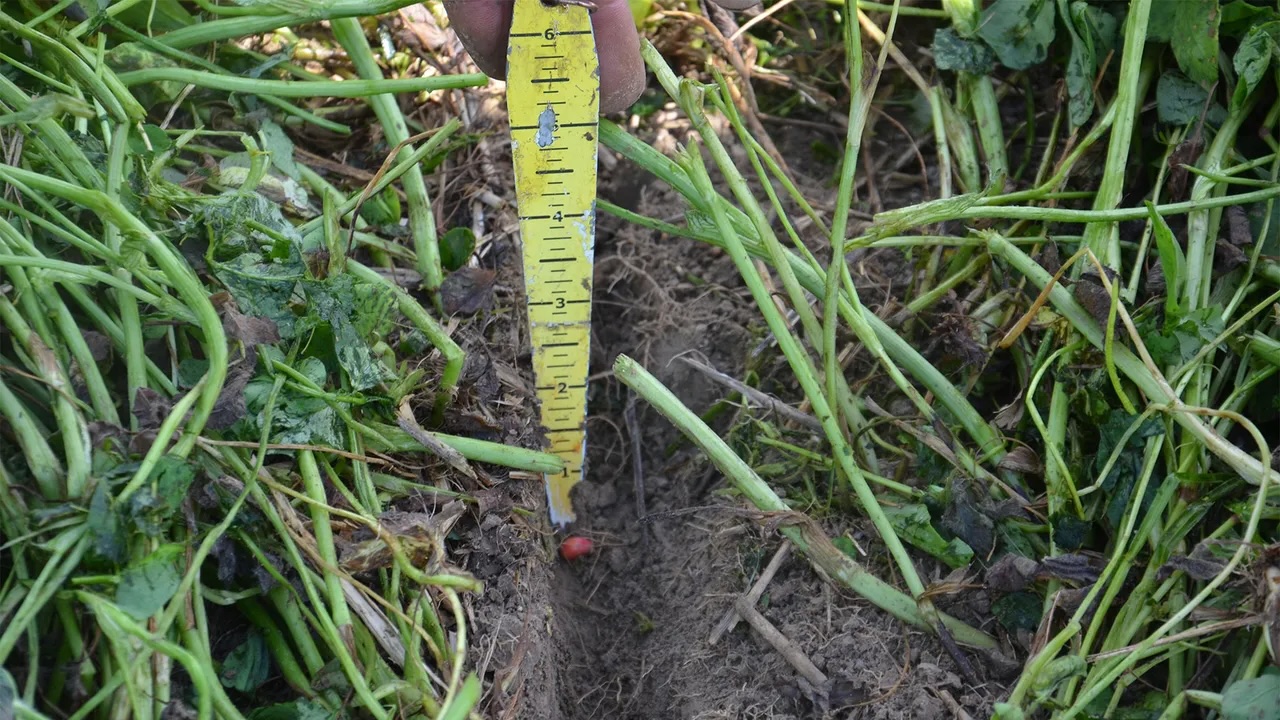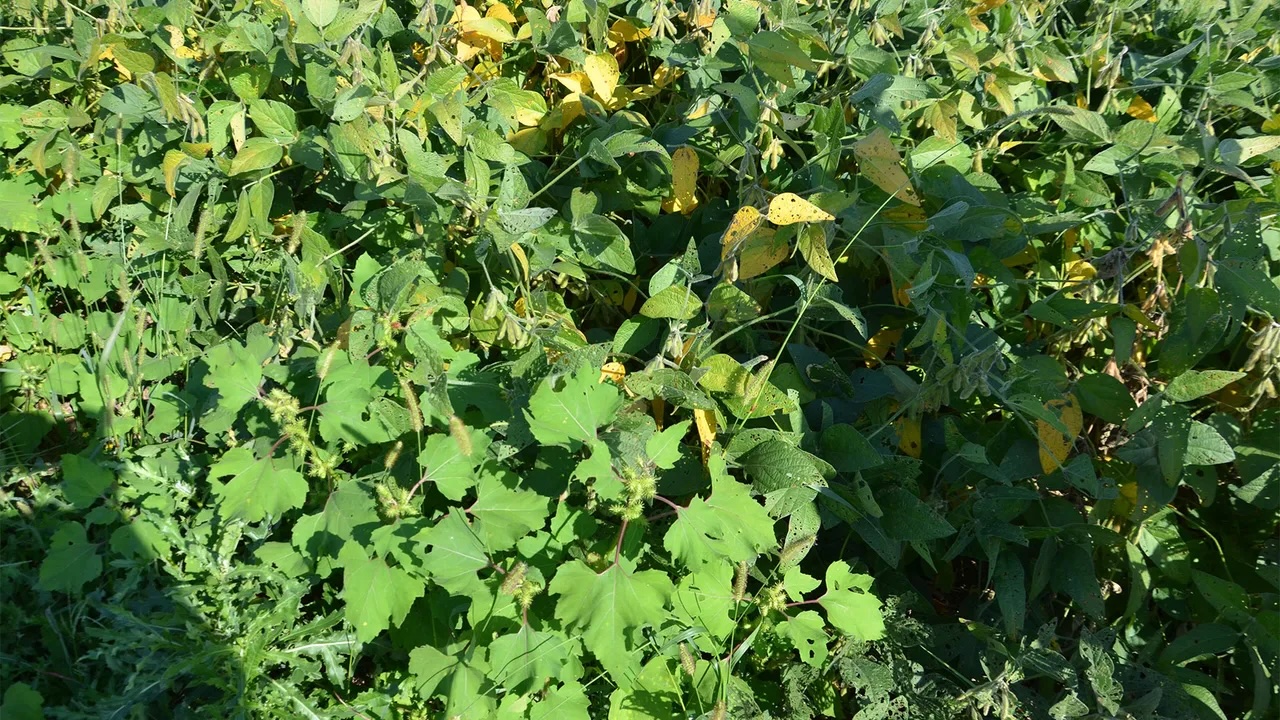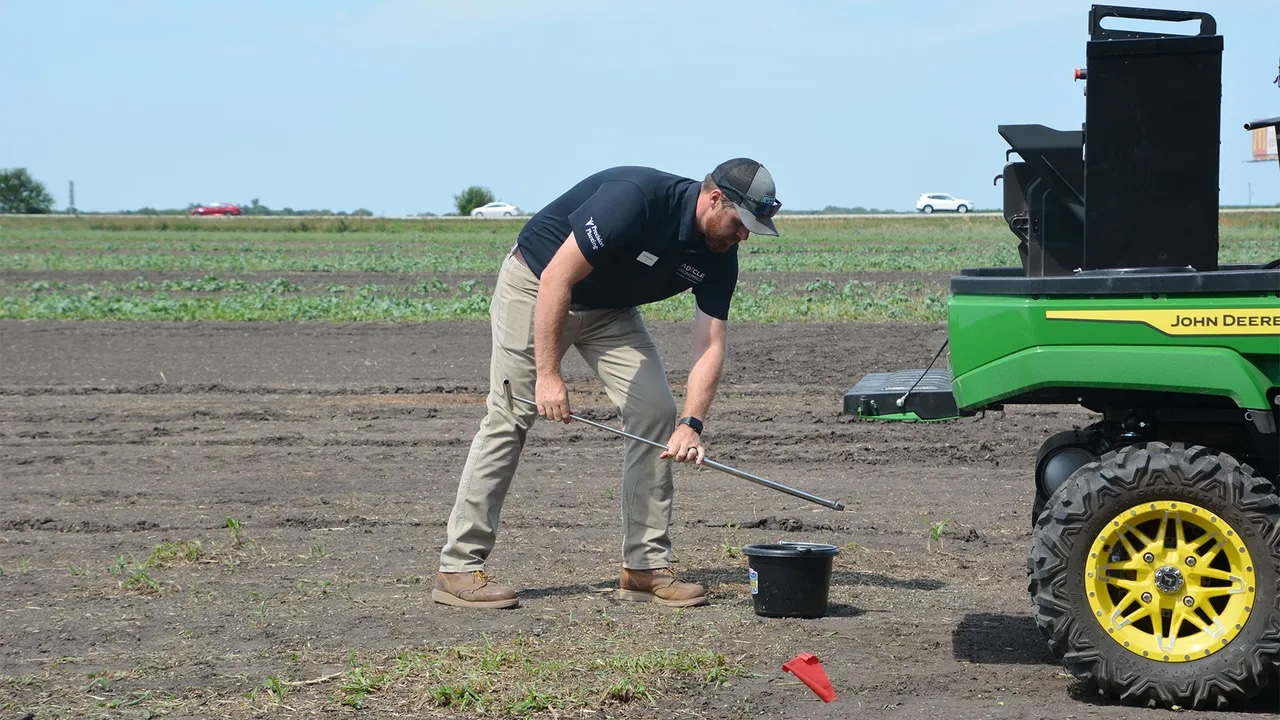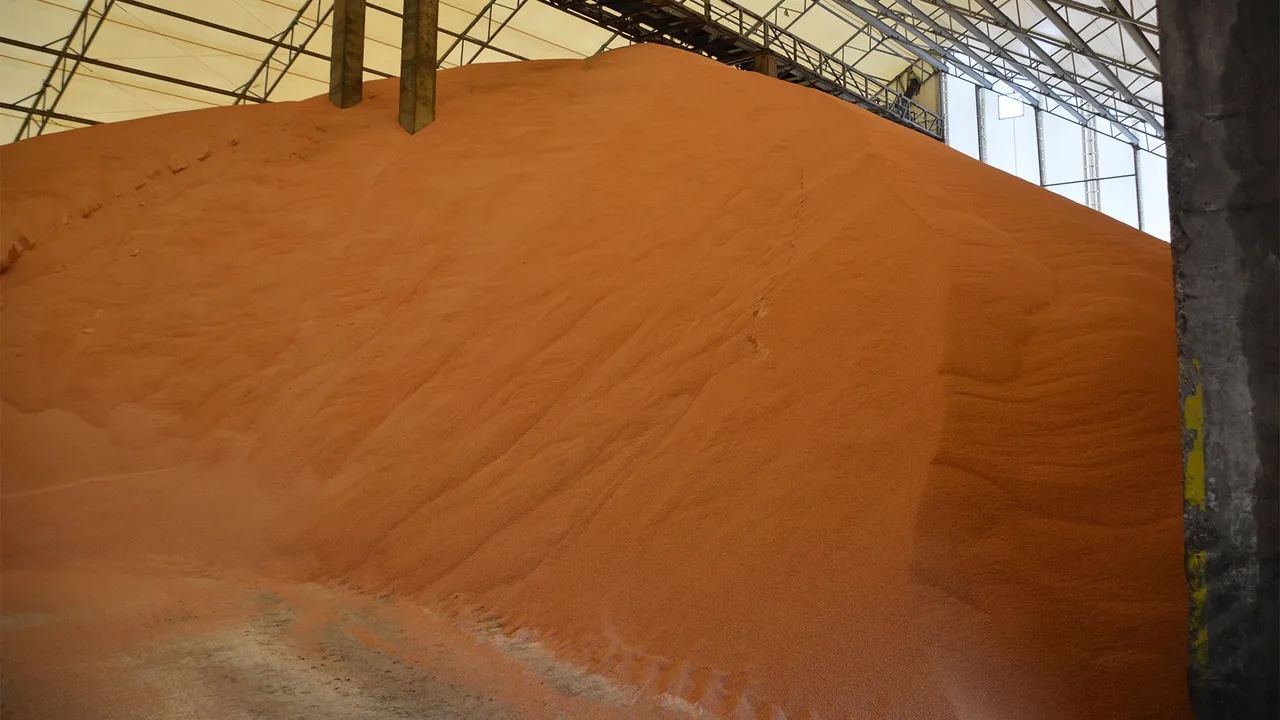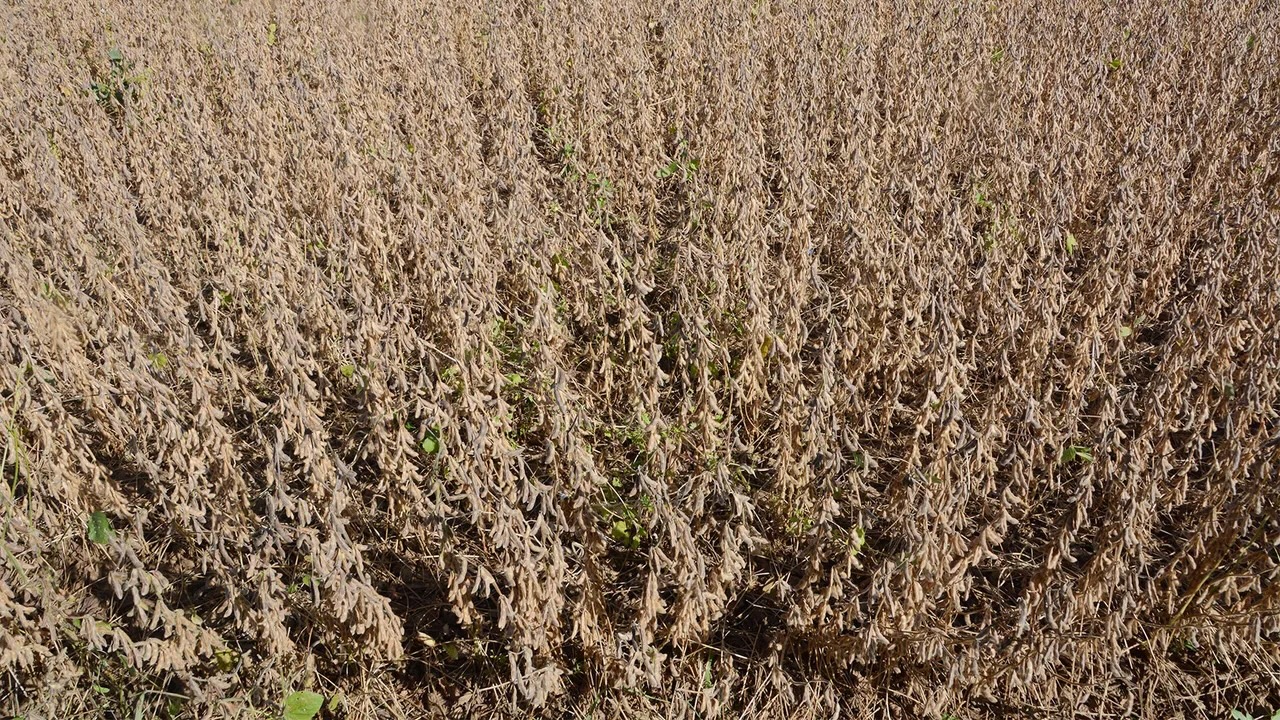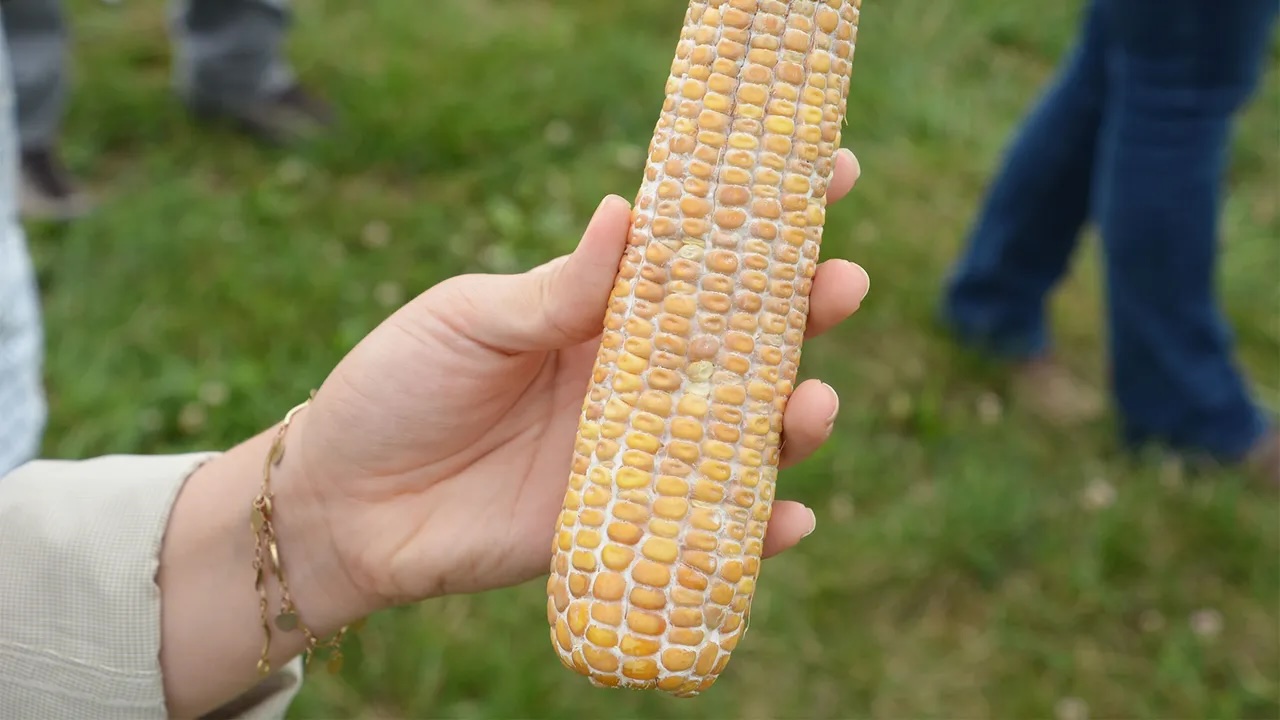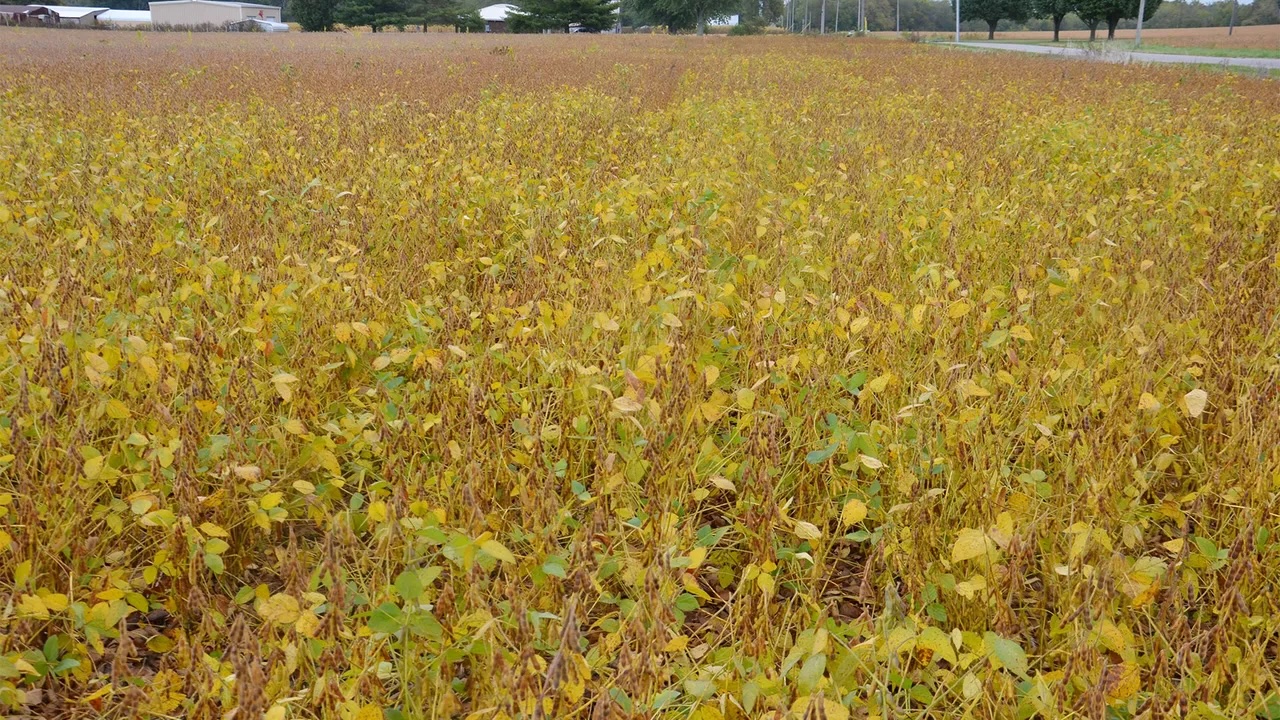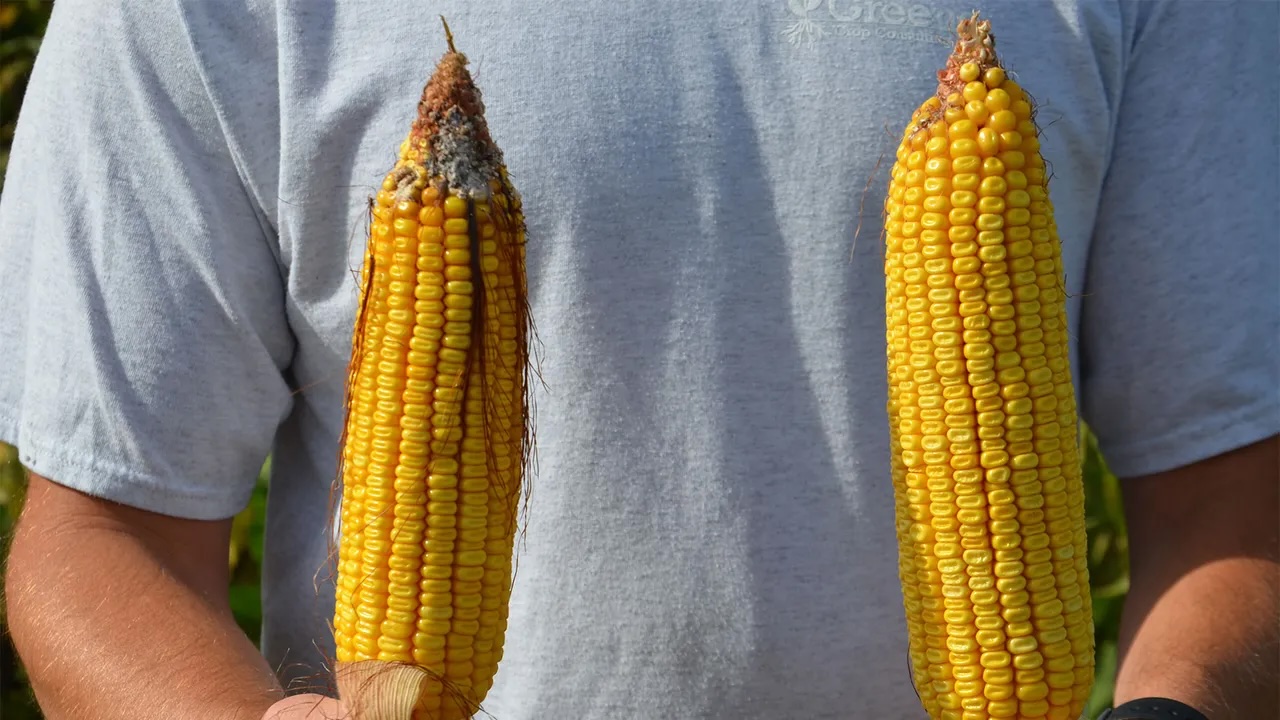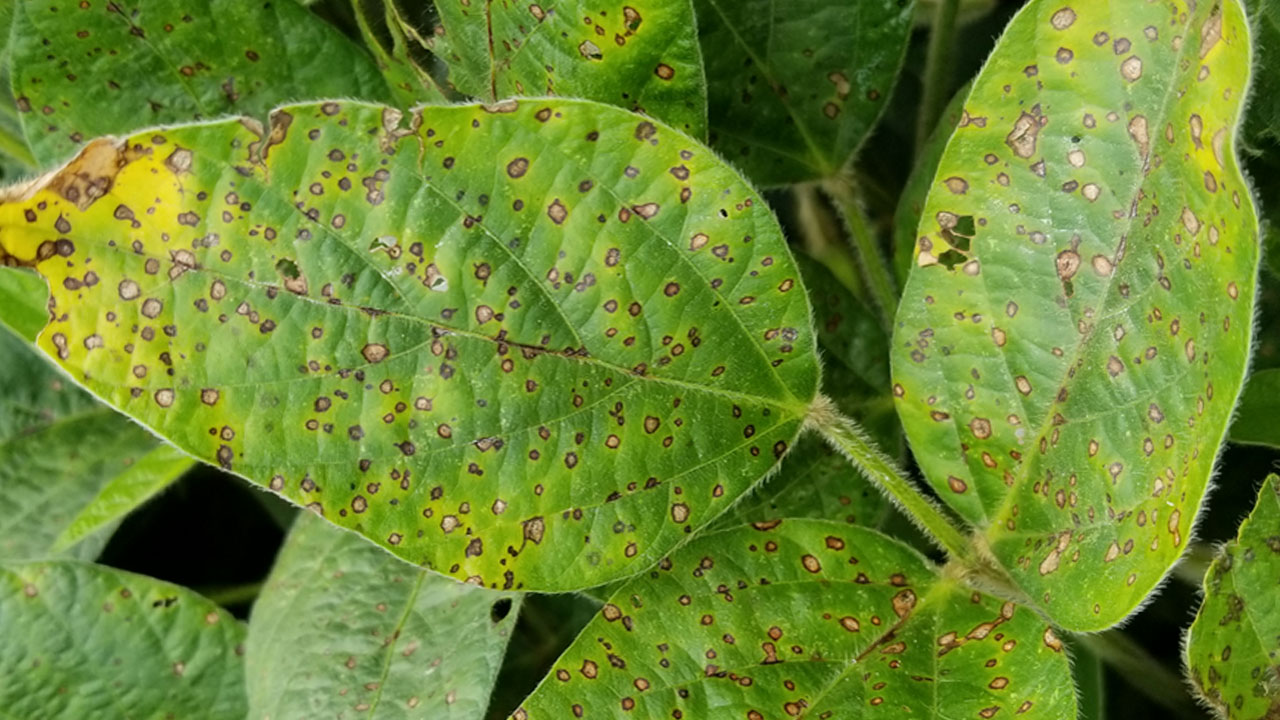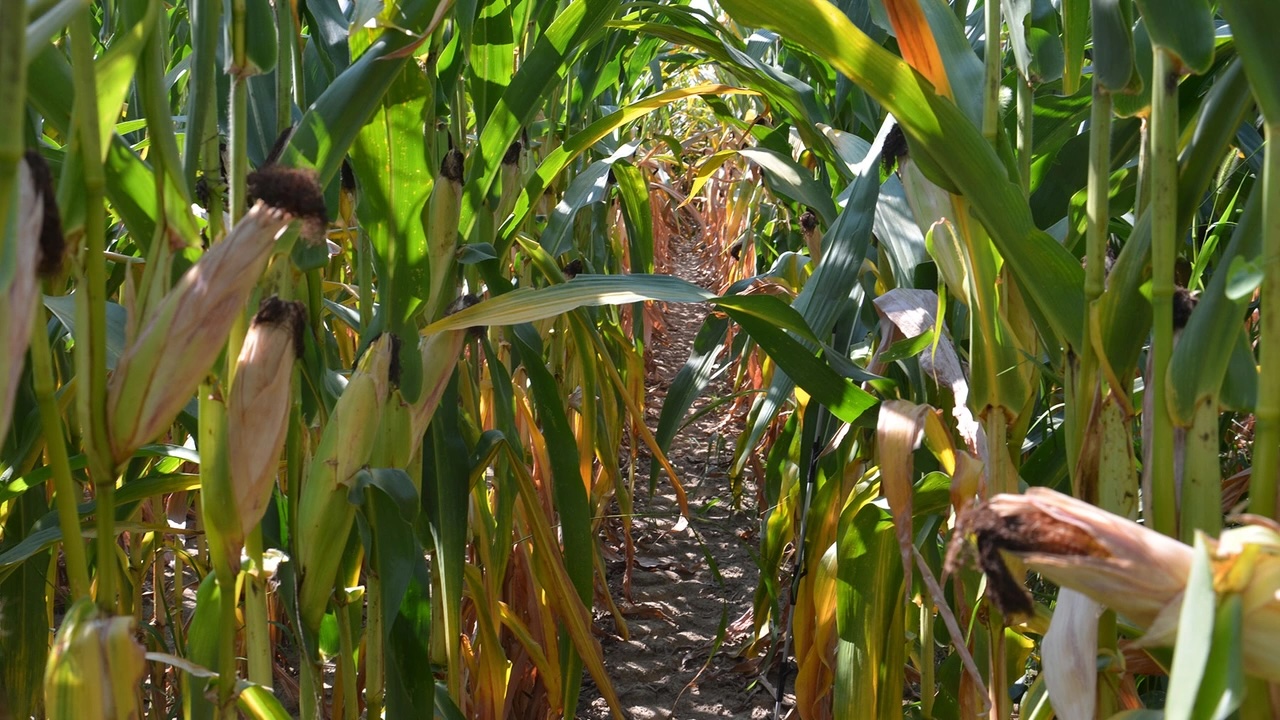Don’t treat soybeans like inferior crop
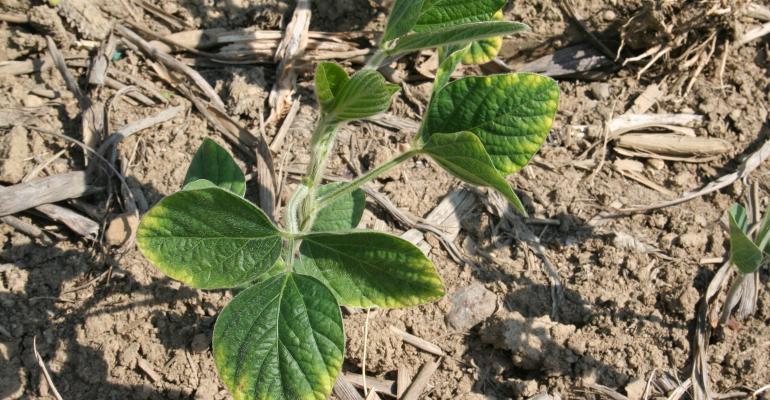
Soybean Corner: Stop giving beans the short end of the stick and make sure next year’s fields have enough fertilizer.
Sep 27, 2021
We typically fertilize with phosphorus and potassium every other year before corn. Is it time to get more serious about nutrient needs for soybeans? Should we apply P and K this fall for fields going to beans?
The Indiana certified crop adviser panel answering this question includes Traci Bultemeier, an agronomist with Pioneer near Fort Wayne; Jesse Grogan, a retired agronomist based in Lafayette; and Bryan Overstreet, an Extension ag educator for Purdue University Extension in Jasper County.
Bultemeier: We should absolutely be applying P and K ahead of beans per the soil test recommendations. To start to break through a general perceived notion of a soybean yield ceiling, the nutrient levels need to be there for optimum production. It’s not only for the benefit of the bean, but for the benefit of the environment — right rate, right timing, right source, right place!
Grogan: Fertilizing each year for the crop produces the highest yields with good returns despite increased application costs. Improved commodity prices have also sparked interest for doing this. Some researchers have stated that applying P and K on year-to-year need is more economical. The build-up-to-maintain strategy has not proved superior. Each field should be evaluated so fertilizer needs are understood and adequately applied. Soil test values are a guideline, and then fertilize for your yield goal with improved yields and crop removal.
Soybeans require more K and less P than corn. For example, soybeans at 60 bushels per acre remove 72 pounds of K2O and 43.8 pounds of P per acre. Corn at 220 bushels per acre removes 43.8 pounds of K2O and 77 pounds of P. Adequate K is very important in soybean production.
Fertilizing for every other year before corn does work, but the fertilizer rates need to reflect the increased need for K in the soybean crop. Modern varieties have increased yields and require more than what we used in the past. Corn yields are also increasing at a steady rate every year. Get serious by applying adequate K levels for modern soybean varieties.
Overstreet: The short answer is yes. It is time to get more serious about your soybean needs for a couple of reasons. First, environmentally it is better to put the fertilizer there at the right time for the crop that is going to use it. You have a lot less chance of losing that fertilizer to erosion, leaching or other factors when you do it at the right time. The second reason is putting on the correct rate. Have you ever gone out and put on extra after a good corn crop, say if you planned on 180-bushel-per-acre corn but you harvested 220-bushel corn? Did you put on extra to compensate for the 40 extra bushels per acre that were taken off? I am assuming probably not.
Generally, soybeans get the short end of the stick and need more fertilizer than what was applied. I admit it is nice to only pay a spreading cost every two years or only have to cover half your acres. But for the crop and environment, applying the proper amount at the right time can be well worth the costs of covering every acre every year.


